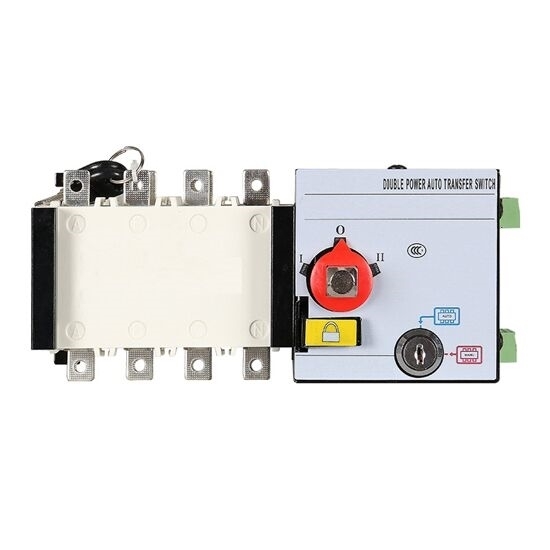How to Test Performance of Automatic Transfer Switch?

If you own a building with an emergency generator electrical system integrated into its frame, routine automatic transfer switch maintenance is critical to ensure that you can function properly while utilizing the system. Automatic transfer switches monitor the voltage levels of the building's normal power supply and switch to emergency power when these voltage levels fall below a certain preset threshold.
If a particularly severe storm or rolling blackout disrupts your main power source, an automatic power transfer switch will seamlessly and efficiently activate your emergency power system. So how do you test the performance of auto transfer switch?
When performing automatic transfer switch maintenance, be prepared to perform a series of tests on the switch to ensure that the switch is in working order. ATO online store lists the test steps for you one by one:

- Conduct a contact test. To ensure that the DC millivolts and millivolt drop values do not exceed the highest level of the normal range specified by the ats automatic transfer switch manufacturer. If you cannot find this data in published form, be aware of any values that deviate by more than 50% from nearby poles or switches of the same type.
- Use thermal imaging. Check all bolted connections with a low resistance ohmmeter or calibrated torque wrench method. Look for unusually high resistances, and be prepared to look further for any value above 50% of the lowest recorded value. Also, make sure the bolt or torque level matches the product published data.
- Observe the operation. Observe the operation of the automatic change over under the following simulated conditions; complete normal power outage, normal power re-energized after a power outage, complete loss of emergency power, various types and forms of single-phase conditions. Investigate any problems and anomalies as you continue your intelligent automatic transfer switch maintenance cycle.
- Complete timing and operational trials. These tests shall be performed for the following functions; transmission delay, engine start, normal power frequency sensing and voltage sensing relays, emergency power frequency sensing and voltage sensing relays, retransmission delay when normal power is restored, automatic transmission function, limit switch function , interlock, full engine cooling and shutdown. Note that all test values should conform to the system and manufacturer's design specifications. Investigate any problems and anomalies as you proceed with 1600 amp ATS dual power transfer switch.
Make sure that all control equipment for the transfer switch is operating correctly with the correct settings listed by the manufacturer. Investigate all connection timer settings and make any necessary adjustments.

